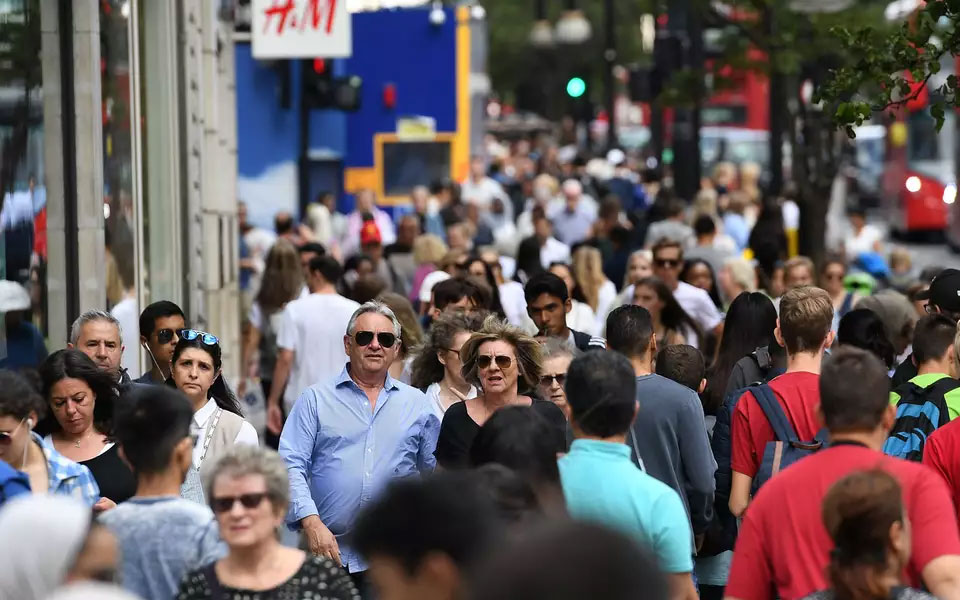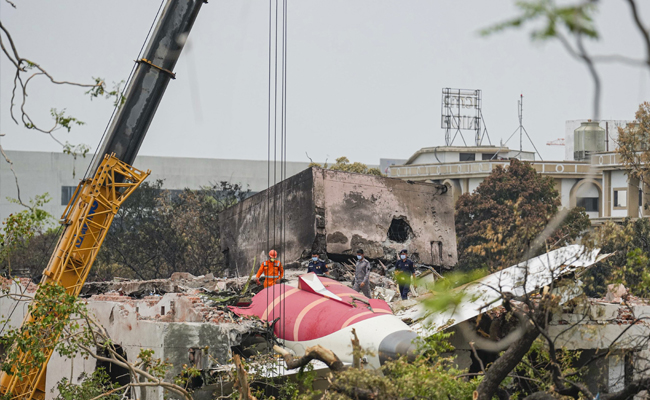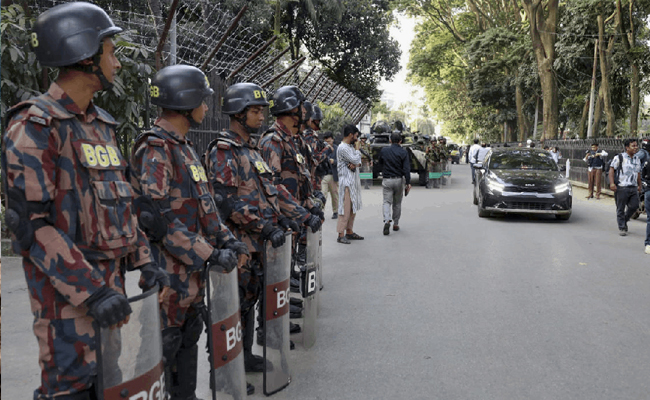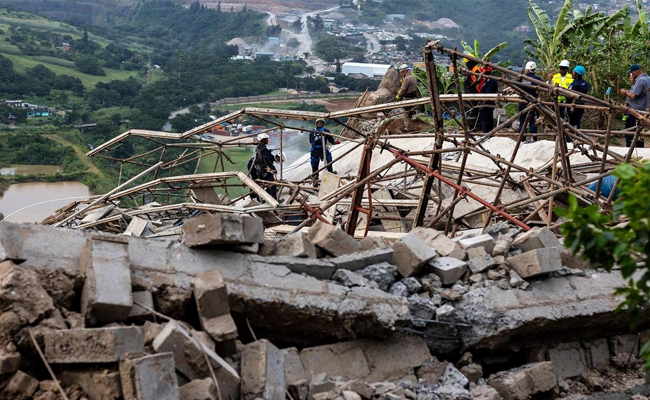London, Aug 9 : London's population has been rising steadily since the mid-1980s but evidence has emerged that Brexit and the high cost of buying and renting homes is deterring new people from coming to live in the city.
The London Intelligence Report published on Wednesday by the think-tank the Centre for London showed that in the year to mid-2017 London's population experienced the slowest rate of growth in over a decade, Xinhua news agency reported.
The growth rate in the city's population, which stands at 8.1 million people, nearly halved in the first full year since the Brexit referendum in June 2016 to 0.6 per cent per year, down from the 2015-16 figure of 1.1 per cent.
This is the slowest rate of growth in over a decade, and means the 2017 population was 79,000 (0.9 per cent) lower than expected within 2016-based projections.
Tom Colthorpe, researcher on the report told Xinhua: "There are many fewer people coming to London from other countries."
"There is a bit of a nosedive. There is a pretty significant drop in international immigration which some might point to Brexit." The contribution of net international migration has declined considerably year-on-year to a net gain of just under 83,000 individuals.
Though international migration remains the largest contributor to population growth, it now only contributes 5,000 more individuals than those added through natural change (births and deaths).
Registrations for national insurance numbers (known as NI, a form of health tax necessary for most types of work) continued to fall, a trend seen since the Brexit vote.
The number of EU nationals registering for NI fell by a quarter over the year, and the most recent quarter available (Q1 this year) saw the total 16 percent smaller compared to a year previously, and only just over half the Q3 2014 peak level.
At the same time, non-EU registrations grew by 9 per cent, reversing the trend seen in the previous four consecutive quarters of falls.
"It is obvious with EU citizens, that some of that (decline) is down to Brexit and that is down to the uncertain status of EU nationals in the UK," Colthorpe said.
Figures in 2014 for EU nationals getting NI numbers spiked, when Romanian and Bulgarian nationals were allowed to apply for the first time, as part of the EU accession agreement for those countries in 2007.
Colthorpe said: "When you see that in 2014 after the accession of Romania, Bulgaria, a lot of that causes a big spike of 80,000 in a quarter. Some of the decline has been because that pent-up demand has tailed off, but the fall has been accelerated by the Brexit factor."
British nationals were also leaving the city, in higher numbers than previously. "Looking over a longer period, after the financial crisis people flocked to London, but now that trend is reversing,"he said.
Let the Truth be known. If you read VB and like VB, please be a VB Supporter and Help us deliver the Truth to one and all.
Ahmedabad (PTI): Six months after the AI-171 plane crash, the B J Medical College hostel complex in Ahmedabad stands as a haunting reminder, with its charred walls and burnt trees replacing the once lively chatter of students with an eerie stillness.
Scattered across the crash site are grim remnants of daily life - burnt cars and motorcycles, twisted beds and furniture, charred books, clothes and personal belongings.
The Atulyam-4 hostel building and the adjoining canteen complex stand abandoned, with entry strictly prohibited.
For residents near the site, memories of the incident still linger, casting a lasting shadow on their lives, with some of them saying they are still afraid to look up at the sky when an aircraft passes overhead.
On June 12, Air India flight AI-171, a Boeing 787-8 Dreamliner bound for London, crashed moments after take-off from the Sardar Vallabhbhai Patel International Airport, killing 260 persons.
The aircraft slammed into the BJ Medical College hostel complex in Meghaninagar, turning a lively student neighbourhood into a landscape of ruin and grief.
"The area now lies very silent, only a few birds chirp here," Sanjaybhai, a security guard deployed at the premises by authorities to prevent trespassing, told PTI.
Mahendrasingh Jadeja, a general store owner whose shop is just 50 metres from the point where the aircraft struck, described it as an unimaginable calamity. "In all my years, I have never seen anything like this."
Pointing to a tree behind his shop, the 60-year-old said the aircraft first struck there before crashing into the hostel building.
"It was a scorching summer afternoon. Not many people were outside. When I heard a loud crashing sound, I ran out of my shop. We were all terrified," he recalled.
"Even today, we instinctively look up whenever a plane passes overhead," he added.
Another local, Manubhai Rajput, who lives barely 200 metres from the site, said he witnessed the horror unfold on June 12.
"The plane was flying unusually low. Before I could understand what was happening, there was thick black smoke and a deafening crash," he said.
For over three decades, Rajput and his neighbours lived close to the airport without giving much thought to the aircraft overhead.
"We never looked up at the sky. But that day is etched in my mind. The plane hit a tree first, and then there was a loud sound," he said.
Rajput recalled how hundreds of locals rushed to the site even before police, fire services or the Army arrived.
Tinaben, another resident of Meghaninagar, said she never imagined something like this could happen in Ahmedabad.
"Despite being close to the airport, this area always felt safe," she said.
As an aircraft roared overhead during the conversation, Tinaben paused, looked up nervously and said, "It's still scary."
A senior official of Civil Hospital Ahmedabad, speaking on condition of anonymity, said the state government has yet to decide what to do with the damaged site.
Currently, investigations are going on and the site is strictly prohibited for people, he added.





